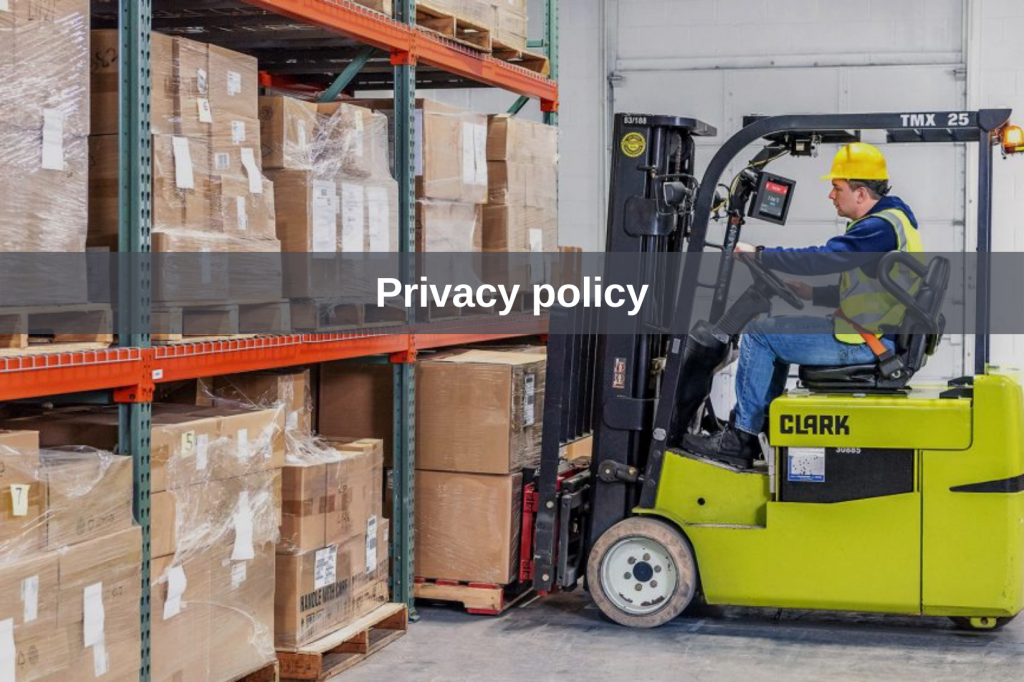Magic or maybe technology? The amazing capabilities of RFID tags

It is extremely difficult to imagine effective functioning of a modern warehouse without the possibility of automatic identification of objects that pass through it. For this purpose, radio waves and RFID technology are being used more and more. What is RFID? What are the possibilities for companies to use RFID tags? How can you use them? We will answer all these questions in this article!
What is RFID?
RFID (or radio-frequency identification) is a wireless communication technology between the reader and a given object’s label. The label that the item is equipped with is called a tag and is wirelessly powered by a reader thanks to the use of radio waves (or, more rarely, a battery). RFID is a technology developed for several decades – in 1983, first patents were made that used this technology.
How devices work using RFID technology
Devices using RFID technology can work on different operating frequencies – low (LF 125 kHz, offering range up to about 10 centimeters), high (HF 13.56 MHz, offering range up to about 150 centimeters), ultra high (UHF 865 – 868 MHz, 902 – 928 MHz, offering a range of up to about 12 meters) and using active tags (2.5 GHz, offering a range of up to around 100 meters).
The RFID system consists of tags (transponders, tags – passive, passive-active and active) and readers. The tags are built from an electronic system (in the memory of which information is stored allowing identification of a given object), as well as from an antenna broadcasting and receiving radio signals. They are attached to a plate or tape mounted on a given object, which the machine must later identify. The information read from the tags is displayed on the reader screen or sent directly to the central system and saved in the database. In this way, the collected information can be analyzed afterwards.
Advantages and possibilities of using RFID tags in practice
One of the most significant advantages of RFID, which puts this technology higher than the technology based on the use of barcodes, is that the reading and writing of data do not require direct visibility between the given tag and the reader. It is thanks to this that all kinds of operations can be automated and implemented more effectively. It also results in lower service costs as well as a significant reduction in the duration of operations. RFID technology allows reading tags even in difficult conditions – dust or frost, and the tags themselves enable the recording of much more extensive information about the product, the change of which is possible in real time. The use of RFID tags also helps simplify the inventory process – data objects can also be scanned in bulk and in bulk packages. Interestingly, RFID tags also allow much more efficient storage of goods requiring specific storage conditions, because they can effectively control air temperature and humidity. They are also useful when controlling the supply chain – the temperature prevailing during transport is one of the key information when transporting products highly sensitive to its changes. RFID tags can also be enriched with such functionalities as analysis of shocks, light intensity, atmosphere composition or radiation. At IBCS Poland, we have created software that uses RFID technology – ibcsDragon, enabling the use of automatic identification technology to collect specific ones. data on objects. Tags also prevent falsification of products – in IBCS Poland we have prepared software based on NFC tags, which thanks to the unique identifier that each product has, is able to fully identify it.

